ECOLOGY ▪ EDUCATION ▪ ADVOCACY
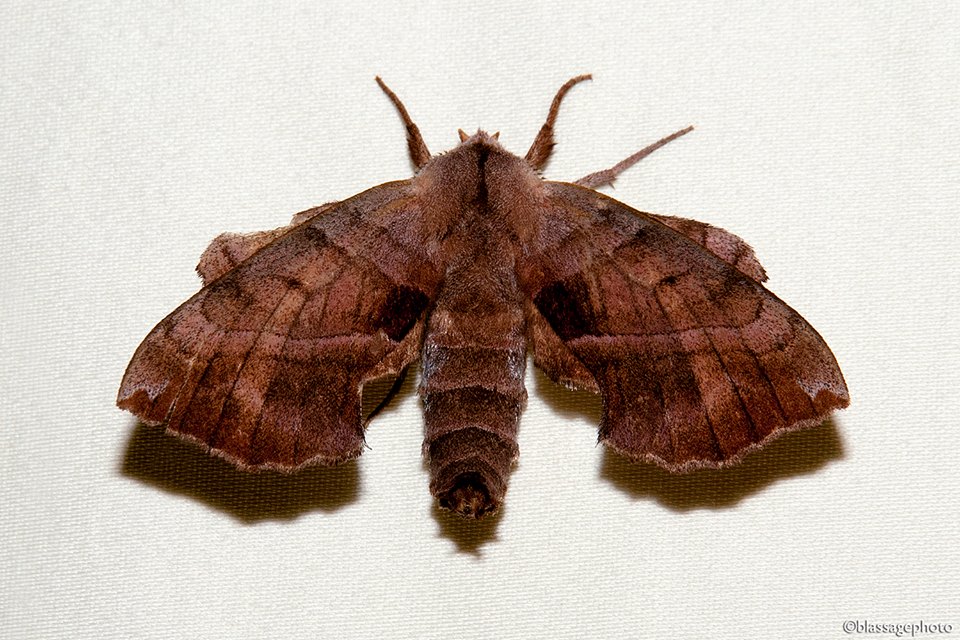
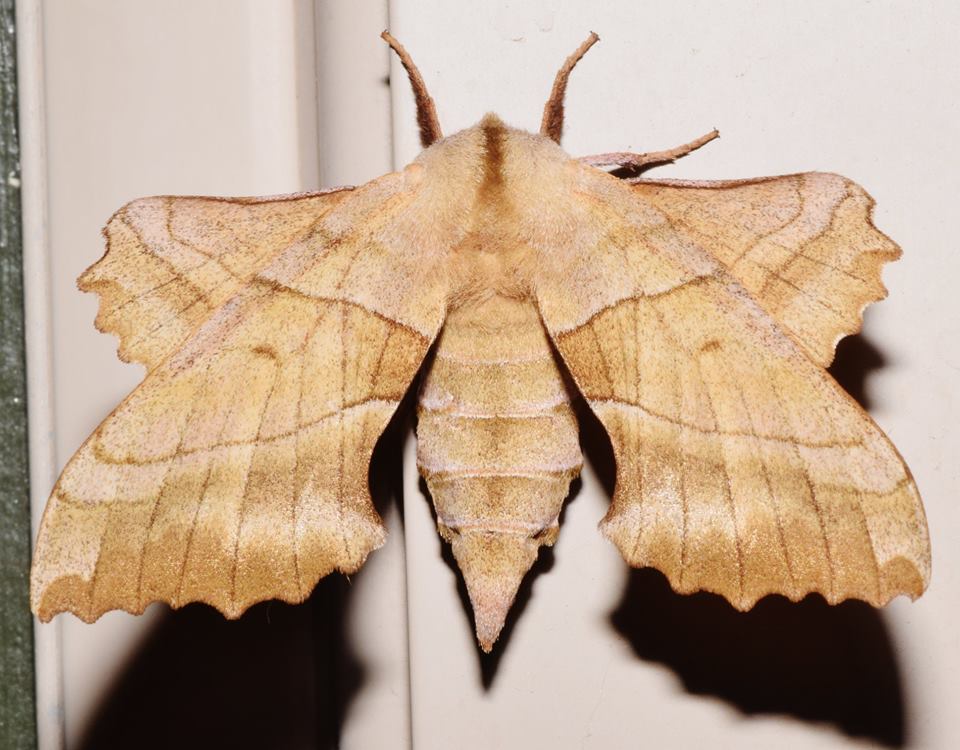
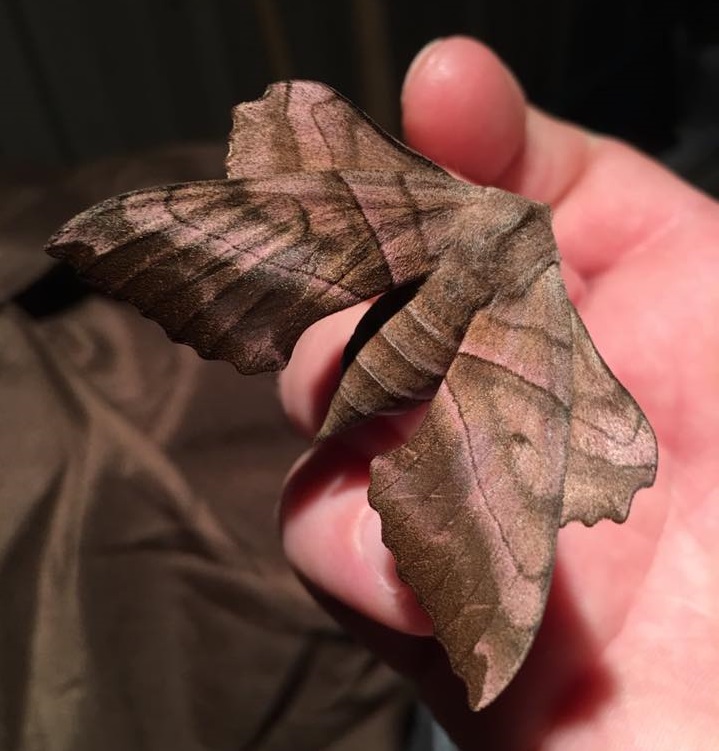
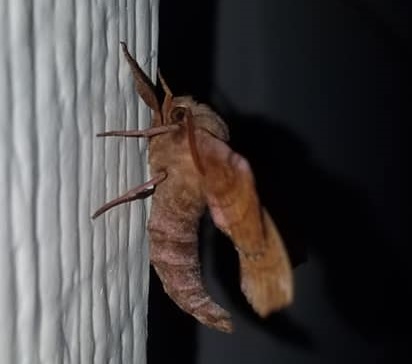
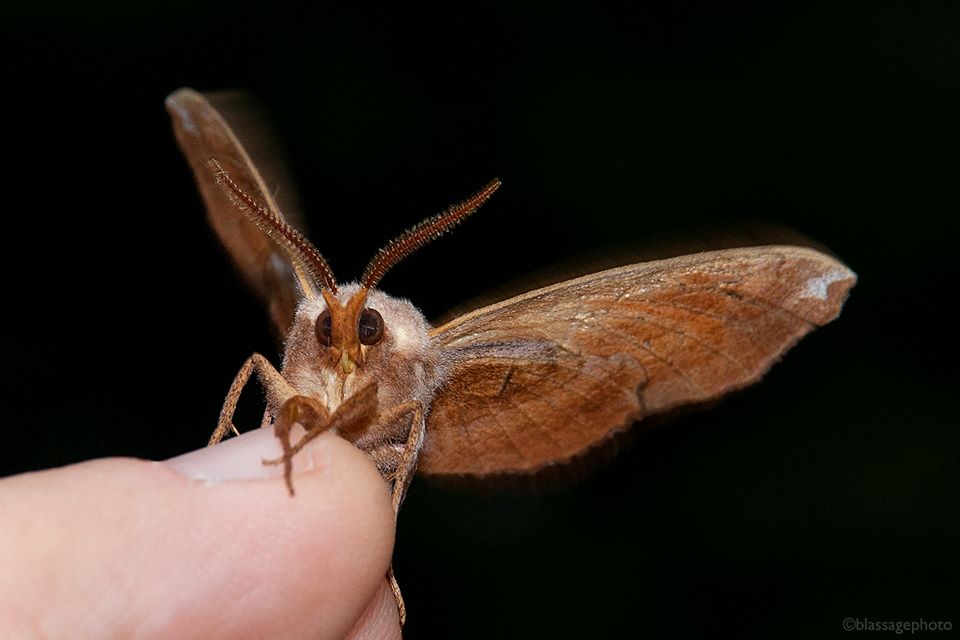
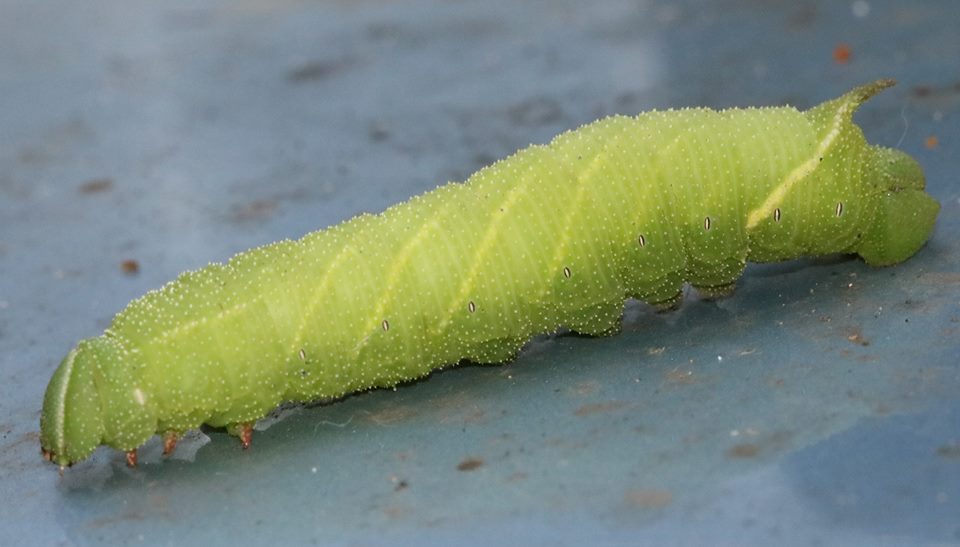
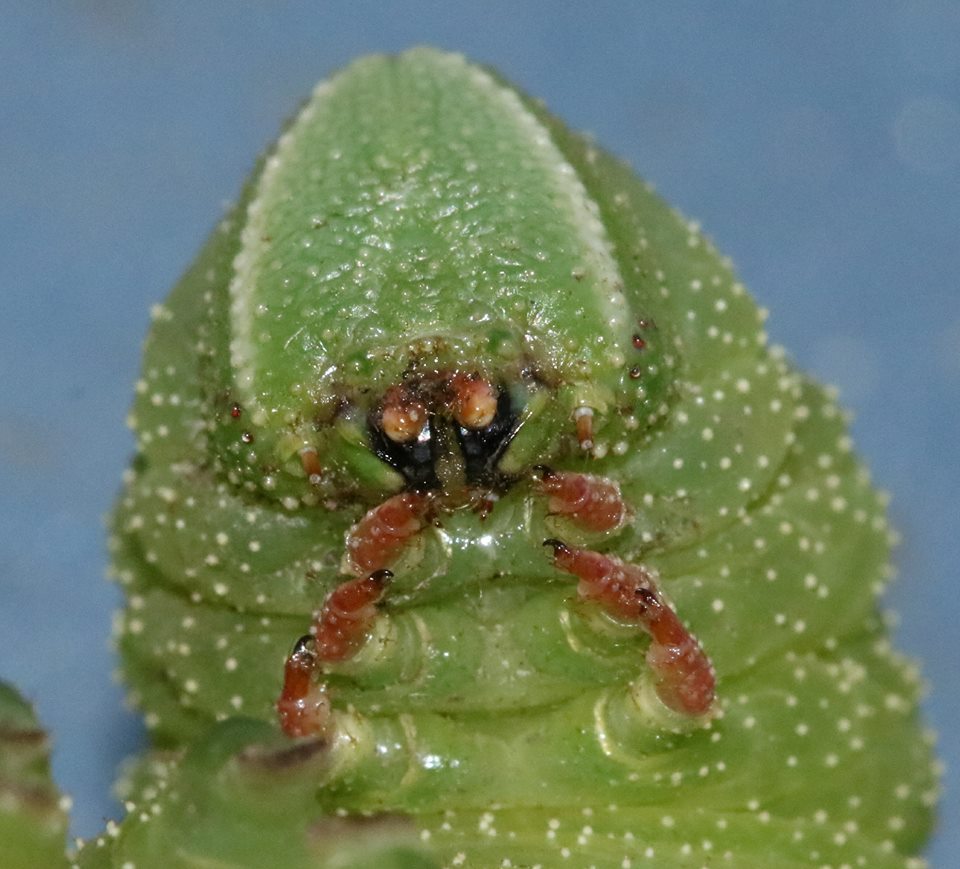
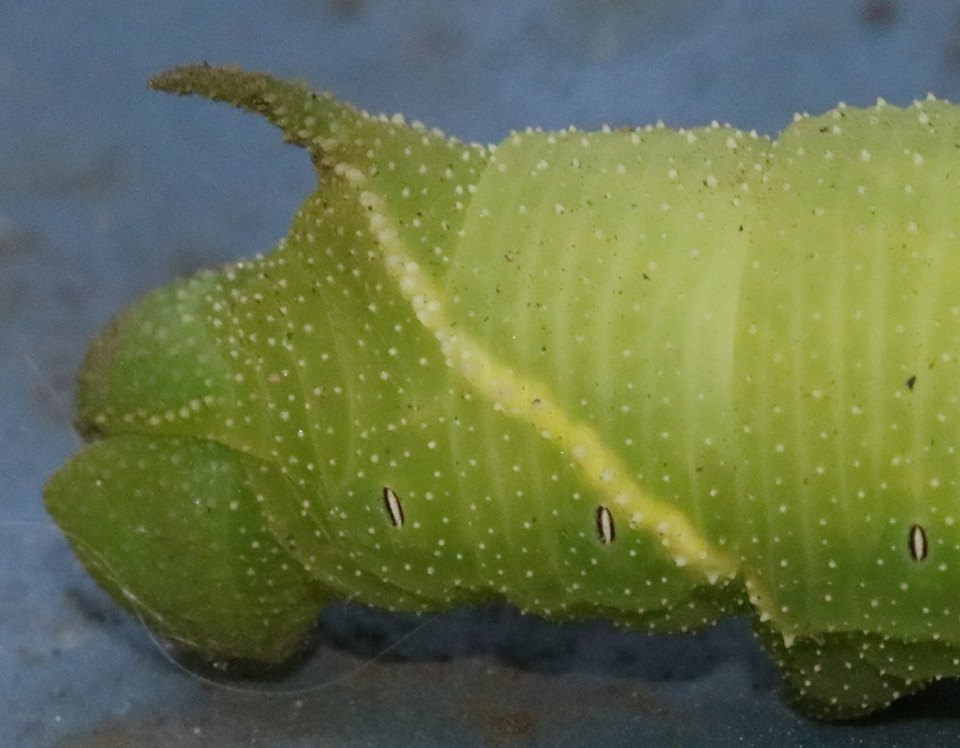
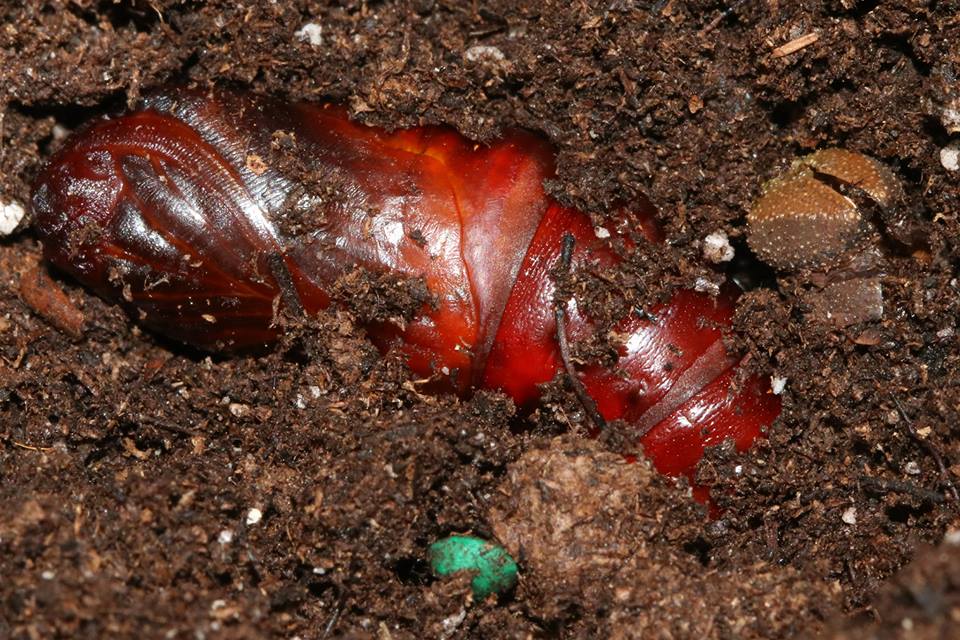
Amorpha: Greek word meaning “shapeless” or “deformed;” likely refering to the odd position of moth's wing while at rest.
Juglandis: Pertaining to Juglandaceae, a family of trees that contains some of the host plants for the species.
Ah-MOR-fuh Joo-GLAN-diss









This map shows the verified sightings of the White-lined Sphinx moth in Indiana. All sightings were confirmed through photographic documentation by individuals who contributed to the Great American IN Nature Lepidoptera Project (GAIN LP).
 |
GAIN LP documented in county. |
| Date | County | Observer | Notes | Image1 | Image2 |
|---|---|---|---|---|---|
| 2017-06-21 | St. Joseph | Thibaut, Jason | Adult |

|

|
| Observation Details | Images |
|---|---|
| Date: 2017-06-21 County: St. Joseph Observer: Thibaut, Jason Notes: Adult |


|
The Walnut Sphinx caterpillar makes a whistling noise when distrubed and will thrash back and forth defensively.
Walnut Sphinx caterpillars host on a variety of trees within the Order Fagales, including Black Walnut (Juglans nigra), and White Walnut aka Butternut (Juglans cinerea). Adults do not feed.
| Known Larval Food Sources in Indiana | ||
| Family | Taxonomic Name | Common Name |
|---|---|---|
| Order: Fagales | ||
| Betulaceae | Alnus spp. | alders |
| Betula spp. | birches | |
| Carpinus caroliniana | musclewood, aka blue beech | |
| Corylus americana | American hazelnut | |
| Ostrya virginiana | hop-hornbeam, aka ironwood | |
| Fagaceae | Fagus grandifolia | American beech |
| Juglandaceae | Carya spp. | hickories |
| Juglans spp. | black walnut and butternut | |